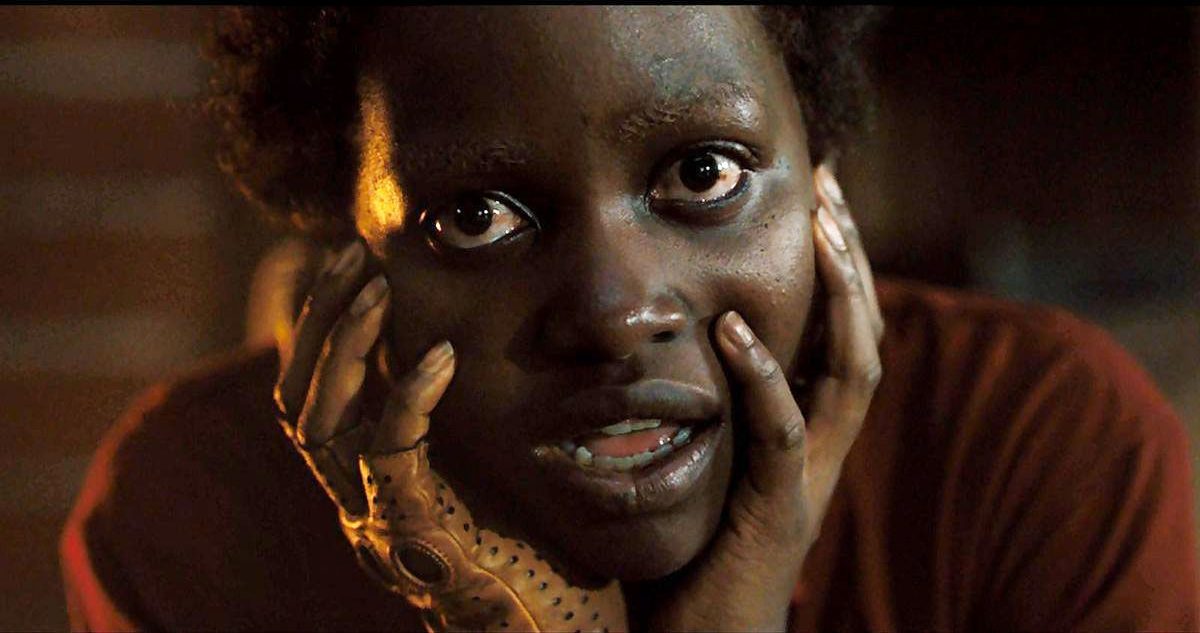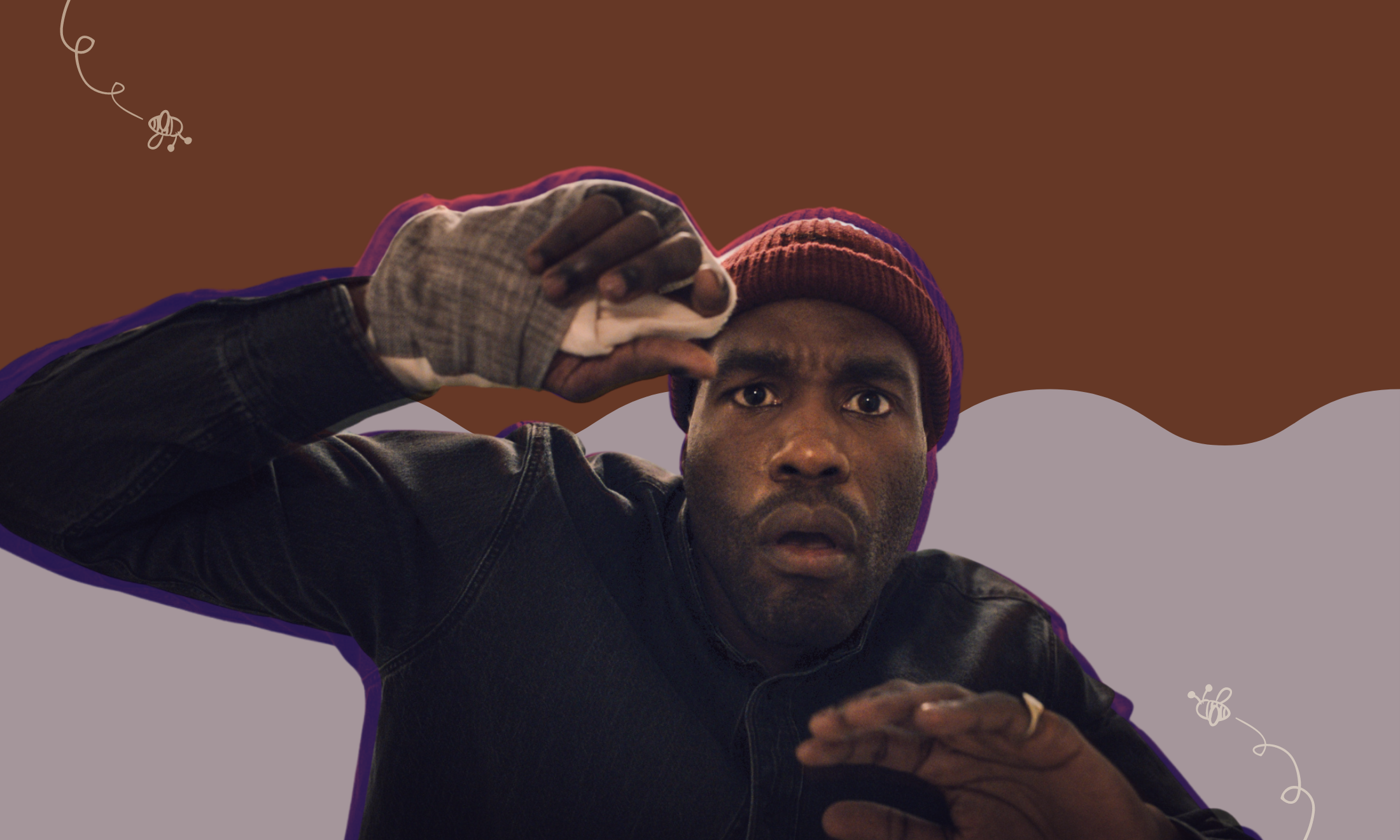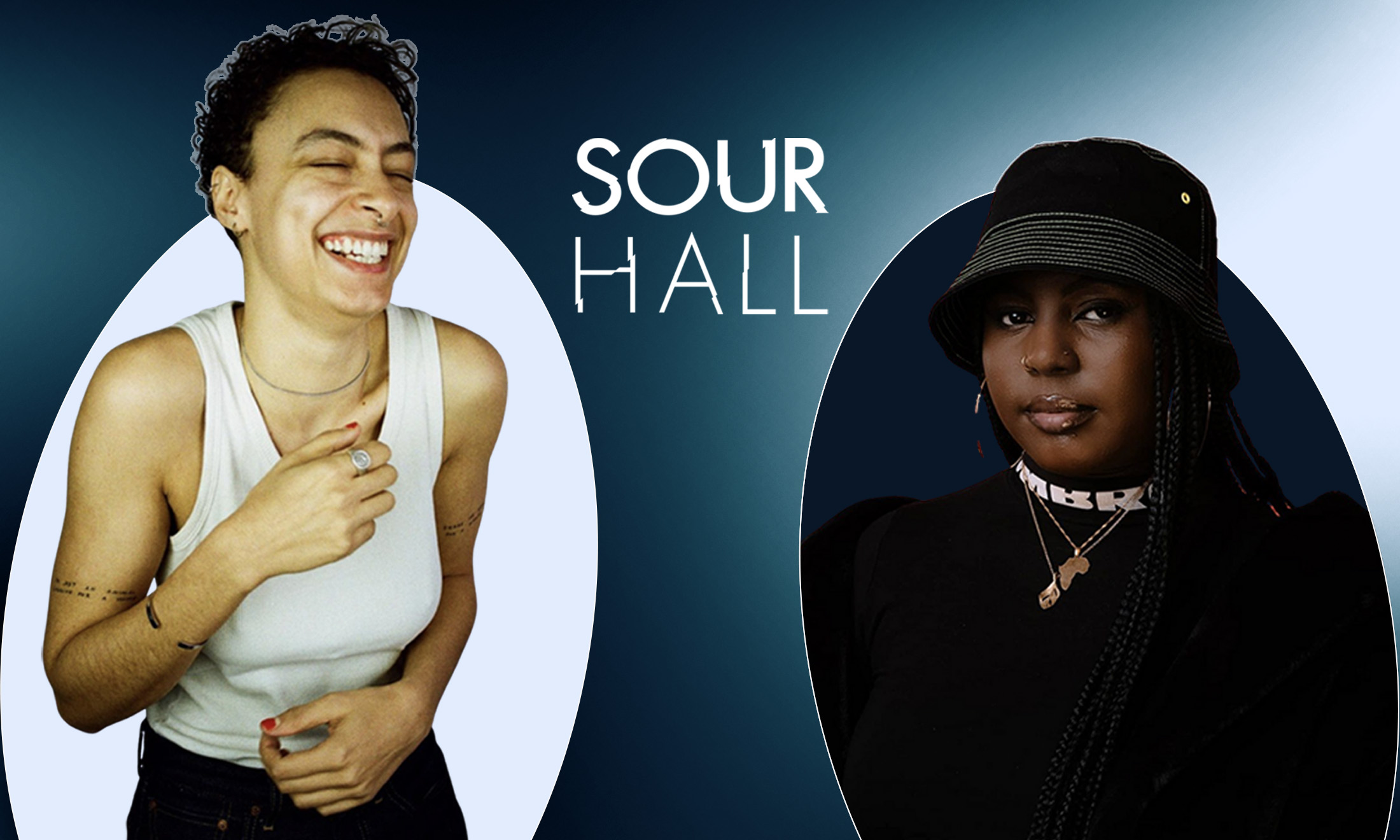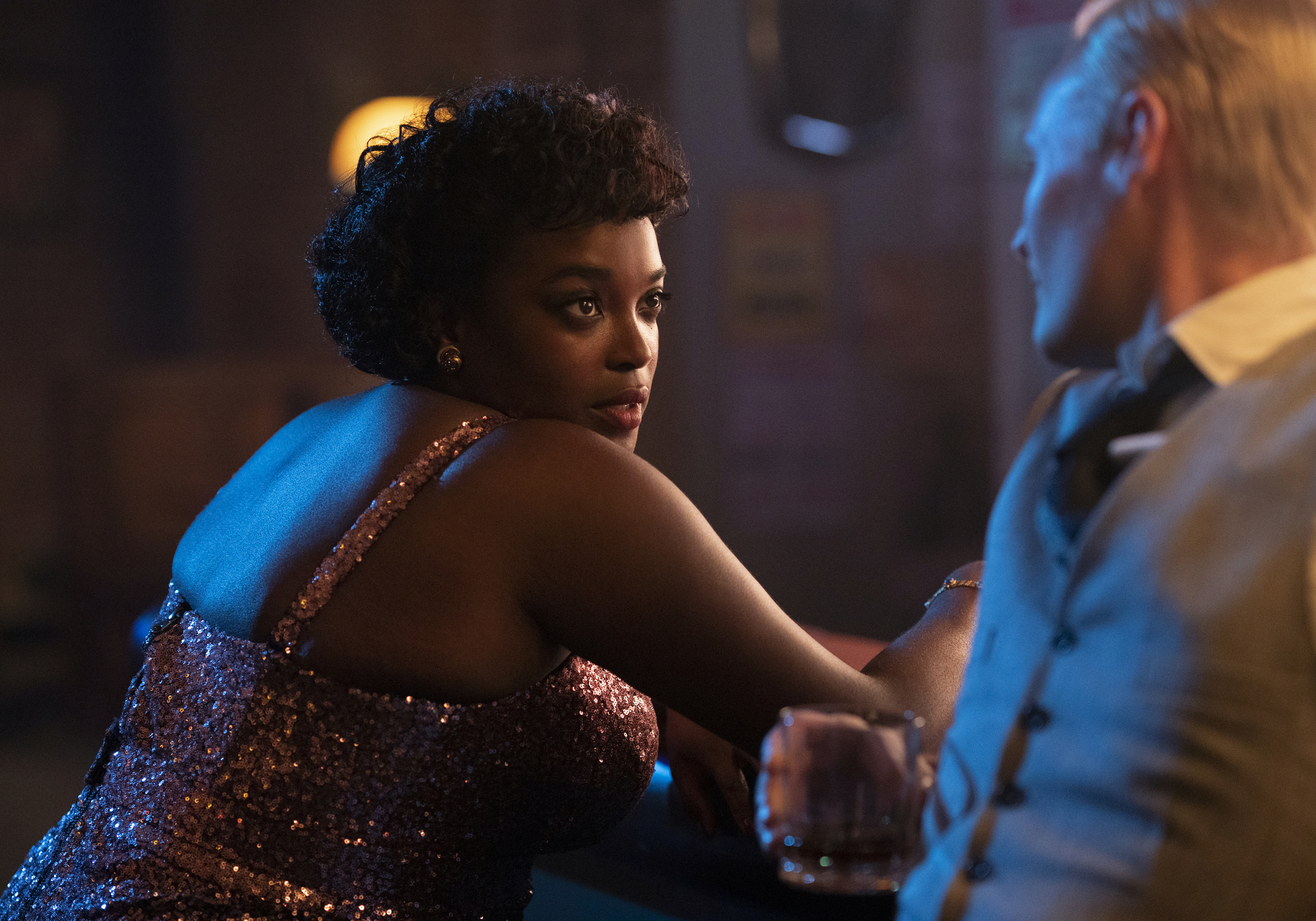
image via Universal Pictures / Us
What’s scarier than the depths of our own minds? Jordan Peele’s Us, a standout in the calendars of horror buffs, asked that very question last month – and in terms of its critical reception, the answer largely did deliver.
But one element that left me, and many other people in disabled communities uncomfortable was Lupita Nyong’o’s supposed inspiration behind the “terrifying” voice for the character Red. In multiple interviews, including with gal-dem, Nyong’o explained that the strained vocal quality of the film’s central villain was based on a condition called spasmodic dysphonia, which results from trauma. Fascination with this idea was reinforced by multiple press outlets like The New York Times, which featured the explainer title “Why Lupita Nyong’o’s ‘Us’ Voice Sounds So Creepy” – a piece that went on to describe her tone as “a dyspeptic rasp, as if her vocal cords have been gnawed through by rats”.
Some critics have said that Nyong’o’s characterisation didn’t necessarily mean to mock – but this seems like a classic case of focusing on intention to minimise the harm done by a microaggression. As a spokesperson from National Spasmodic Dysphonia Association said, “What is difficult for us, and for the thousands of people living with spasmodic dysphonia, is this association to their voice with what might be considered haunting.”
I’d also argue that true to the wider tone of the film, it managed to mock and shock in equal measure – I know when I was in the cinema there were both laughs and gasps. To me it seems obvious that the device was used to get a rise out of the audience – and whether that was fear or humour – neither is acceptable.
After being called out, Nyong’o apologised profusely and accountably, but that doesn’t detract from the damage done by such oversights, which are historically rife in the genre of horror.
“Disabled people, like people of colour, are entirely used to being demonised in film”
Disabled people, like people of colour, are entirely used to being demonised in film, exemplified in a recurring trope dubbed the “Evil Cripple”. In the genre of horror, people with disfigurements, artificial limbs, mobility impairments and mental health problems pop up again and again. Then we have tropes that might overtly relate to disability in the sense that we commonly understand it, but certainly point towards the idea that there’s something scary about not having what’s seen to be a “normal” body or neurotype. These include the idea that anyone who looks different is inevitably going to kill you, and that psychiatric hospitals or “asylums” are inherently spooky.
But this isn’t simply limited to the genre of horror – disabled villains are also rampant in classic tales; think Captain Hook,
Disfigured writer Mikaela Moody actually created a term, ‘Disfiguremisia’ to “describe the erasure of, and prejudice against, disfigured (or visibly different) people” after becoming fed up with how disfigured people were portrayed as villainous subjects of films and as costumes. She wrote for Dazed Beauty that “our disfigurements, disabilities and divergences are shown as weird at best, or at worst as punishments, to deliver a moral message to the audience.” Us is obviously not the first time we’ve seen this problem rear its head, and I fear it won’t be the last.
Central to a number of disability movements is the belief that disabled people should not be feared – or pitied, for that matter – simply for being disabled. The social model of disability breaks this down in detail, explaining that society puts structural, cultural and political barriers in place, and that’s what disables people, not disability itself. While there are a number of ways that society makes life difficult and actively dangerous for disabled people, fundamentally, there is nothing horrifying about having a disability – and we should rightly call out and reject anything that so much as subtly reinforces that idea.
“I’m interested in how we can craft visions of horror and terror outside of old tropes that serve to subtly demonise disabled people”
The real question to ask now is how can we reimagine what’s embedded in the public imagination as scary? Historically, the answer to this has undoubtedly been centred around marginalised people, but that doesn’t mean we can’t change it. I’m interested in how we can craft visions of horror and terror outside of old tropes that serve to subtly demonise disabled people; and put like that, it doesn’t sound like an impossible task, particularly to put to supposed creative leaders in their fields. Although I’d argue it still didn’t do disability perfectly, 2018 release A Quiet Place, which features a deaf actor, was a good example of a film that thought differently, and is perhaps a place to start.
As we increasingly discuss why comedians exploiting marginalised groups for their material is
I love the introspective concept behind Us, that pointing the finger has been done to death, and that our biggest fears are close to home. But Peele and Nyong’o’s voice decision means the film didn’t quite execute its fundamental sell. There’s radical potential in the idea nonetheless – that the greatest danger could lie in ourselves, rather than the “other”.









